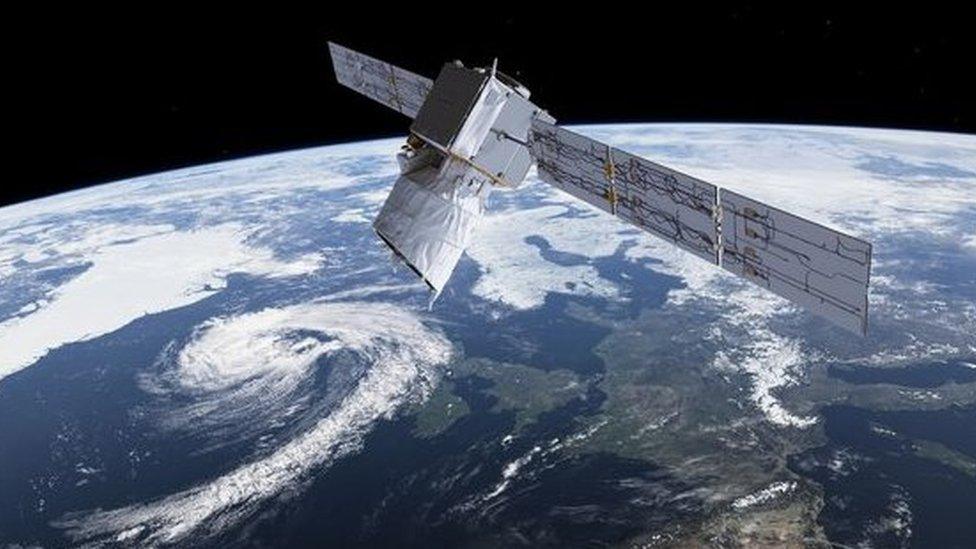Lab-grown meat made on International Space Station for the first time
- Published
- comments
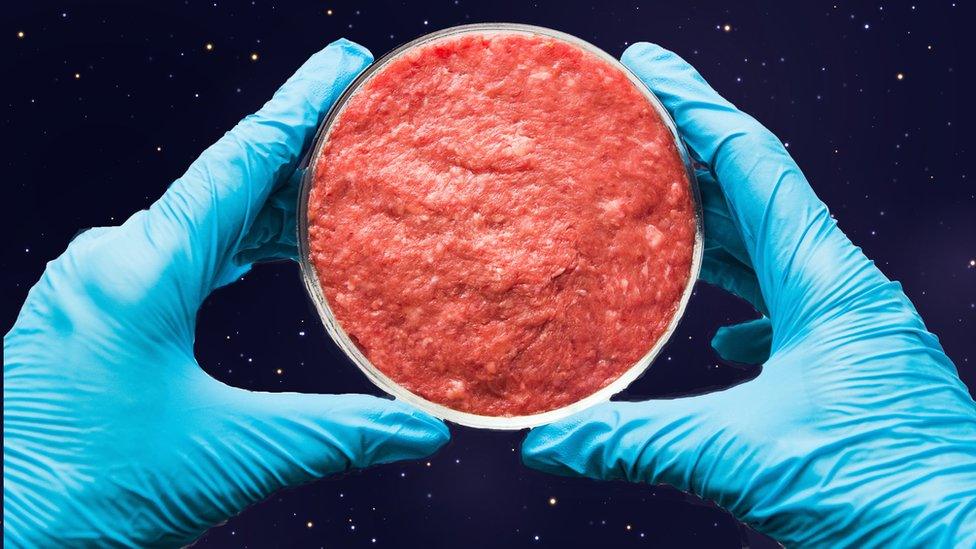
Lab-grown meat has been successfully made in space for the first time.
Cells of a cow were taken to space where they were grown into small-scale muscle tissue using a 3D bioprinter.
Israeli food technology company, Aleph Farms grew the meat on the Russian segment of the International Space Station, 248 miles away from any natural resources.
The technique could be used in the future to provide meat for people living on the space station.
Aleph Farms said that the aim of the experiment was to advance its research into meat production and prove meat can be produced without natural resources.
"In space, we don't have 10,000 or 15,000 Litres of water available to produce one Kg (2.205 Pound) of beef," Aleph Farms said.
What is lab-grown meat?
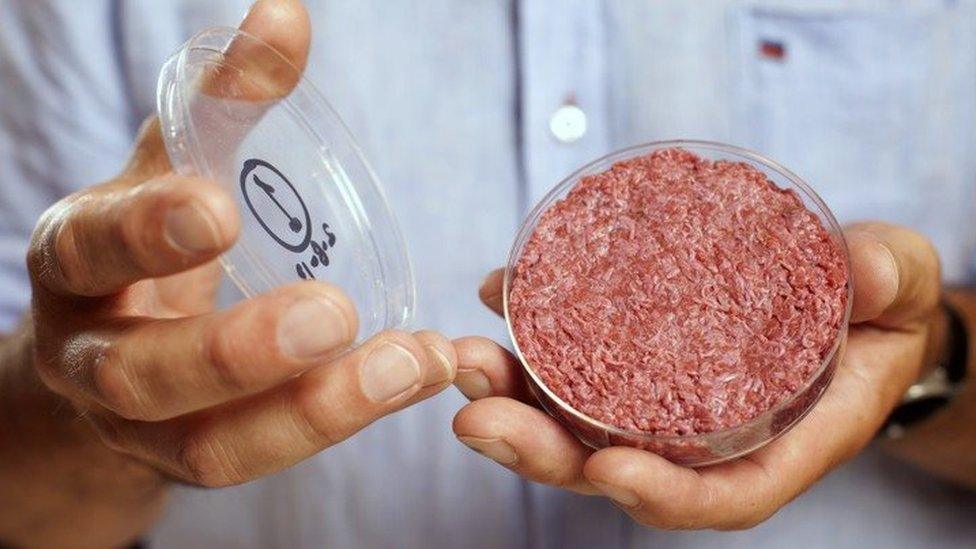
This is the world's first lab-grown beef burger in 2013 made in a Petri dish
Lab-grown meat is meat made in a laboratory without killing animals.
Animals are made up of stem cells, which form special tissue like nerve or skin cells.
Scientists worked out how to take cells from an animal - like a cow- and multiply them in a special container called a Petri dish.
Eventually from one tiny muscle cell, tens of billions of cells can be grown. These join together to form muscle tissue.
Lots of strands of muscle tissue together can form 'meat'.
- Published30 August 2018
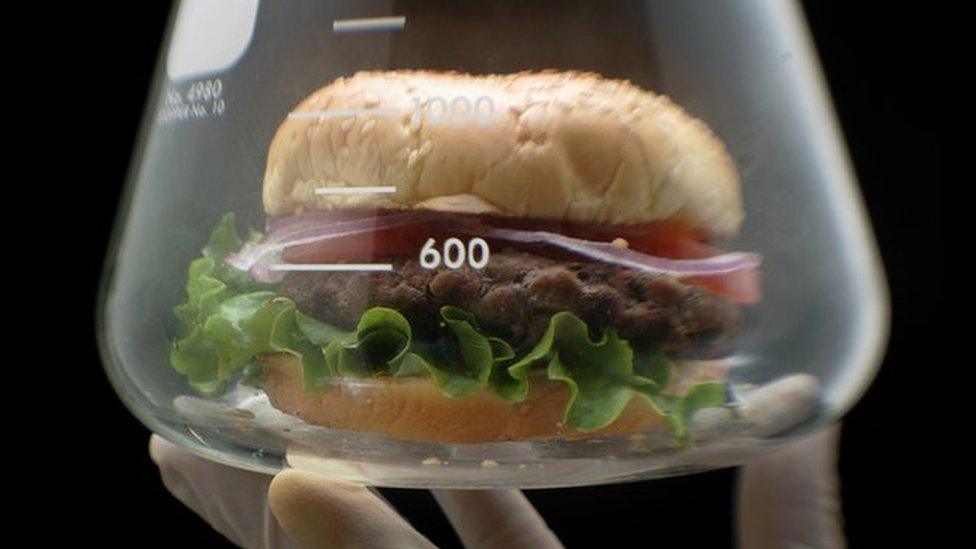
- Published20 November 2018
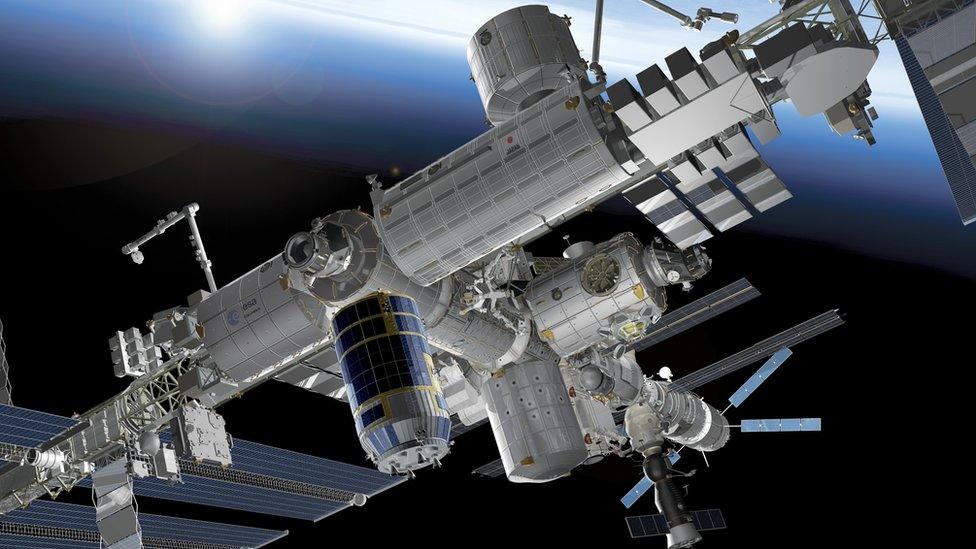
- Published4 September 2019
